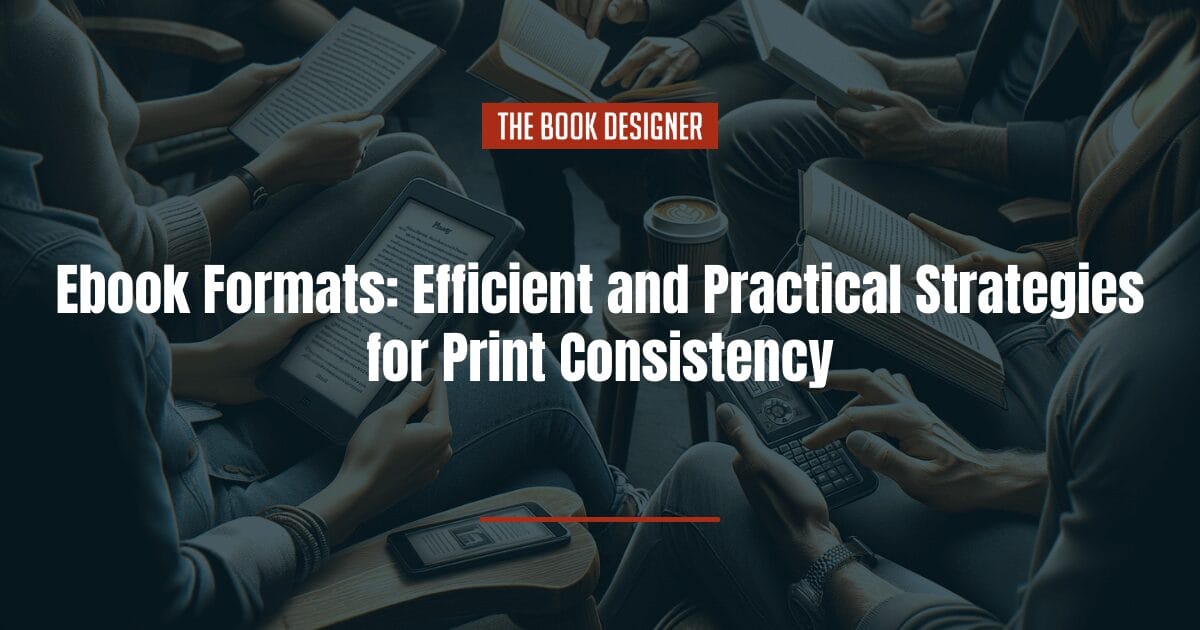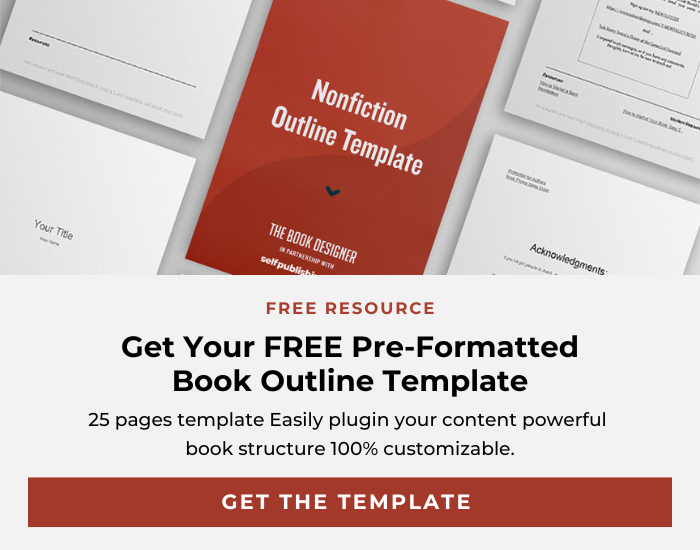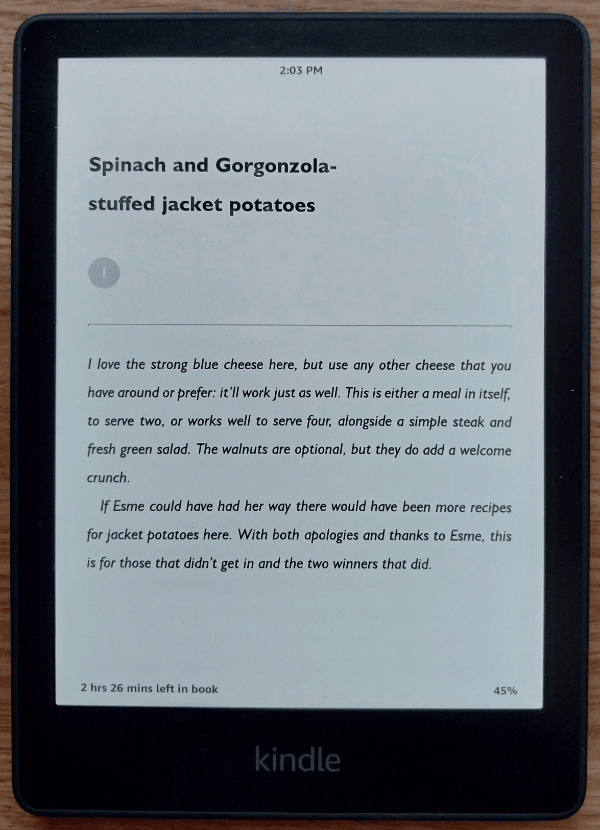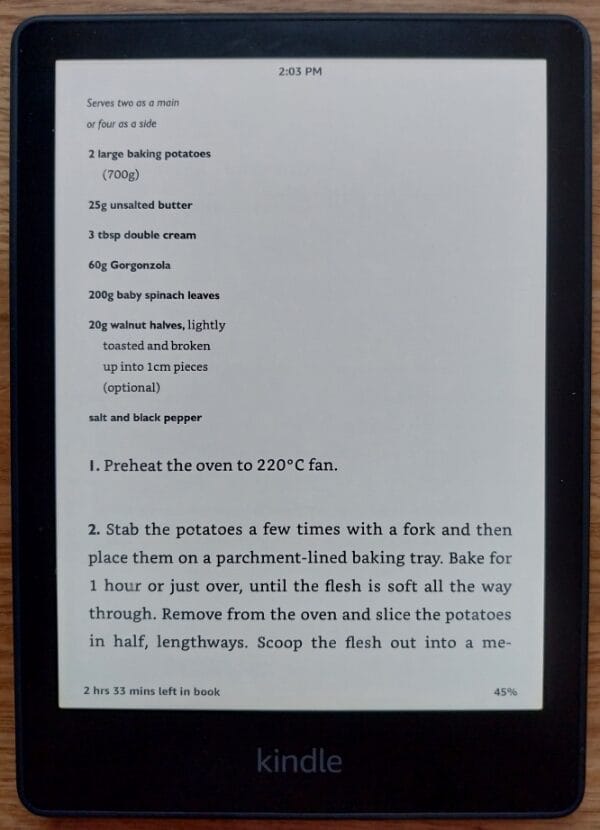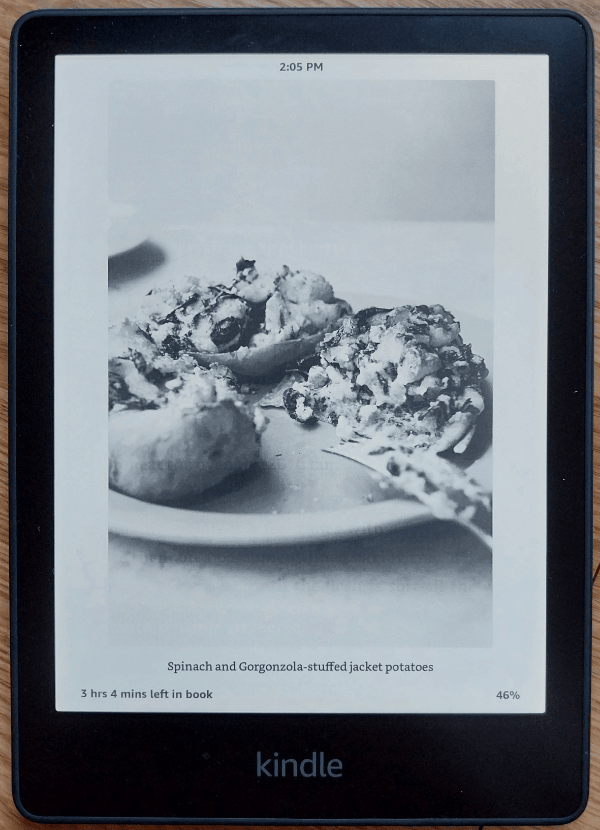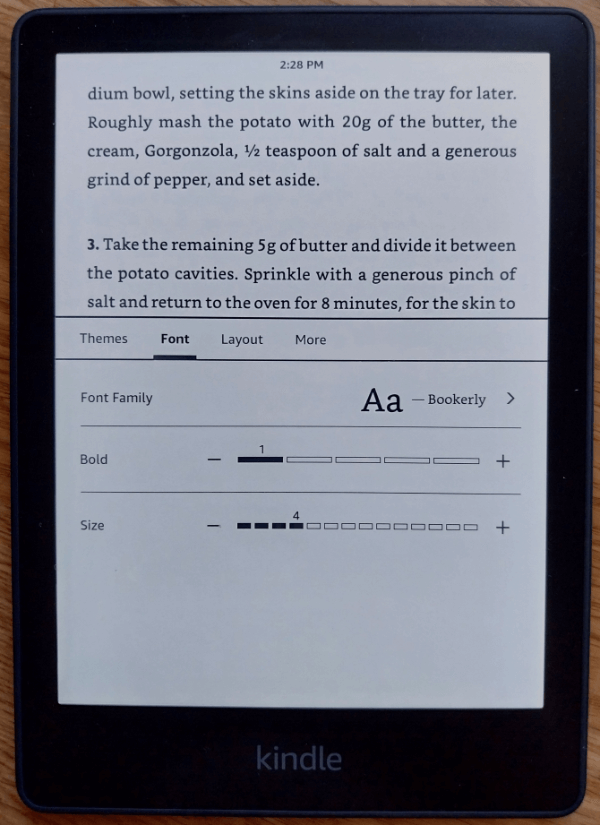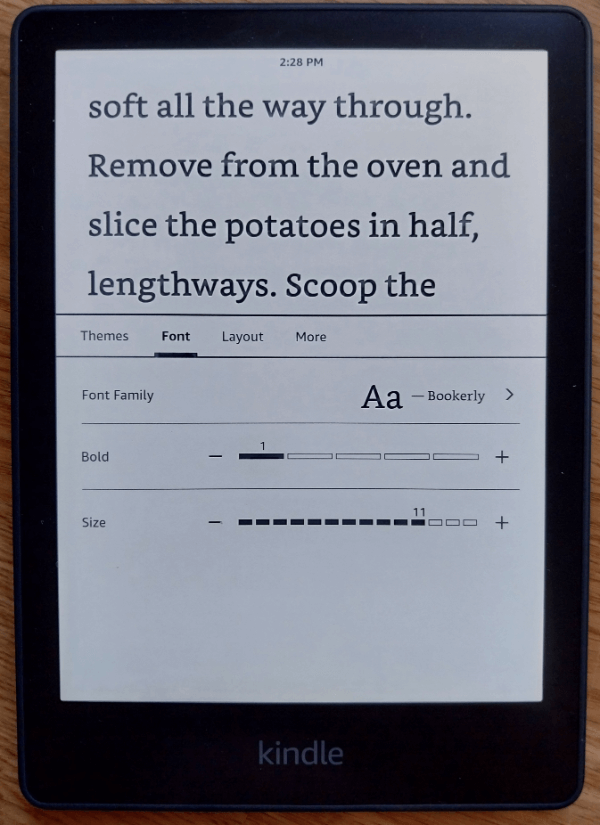In 2024, it’s hard to imagine authors publishing their books in print without considering also releasing them in several eBook formats. According to the Pew Research Center’s 2021 study, reading habits are diversifying. While 75% of adults read a book in the past year, 65% opted for printed versions, showcasing their enduring appeal. Still, the shift towards eBooks is noticeable, with 30% of readers now choosing digital formats, an increase from previous years. And a third of American readers engage with both formats, which points to a wide range of preferences. Offering both eBook and print options broadens your reach as an author.
This article delves into how writers can navigate the nuances of eBook formats compared to print publishing:
Ebook Formats vs. Print: Understanding Reader Preferences
Understanding reader preferences is key when deciding between eBook formats and print. Each format appeals to different readers for various reasons. Print books are often favored for their physical feel and the experience of turning pages. eBooks offer convenience and portability, appealing to tech-savvy readers or those who prefer reading on the go.
The choice of format can also depend on the genre. For instance, picture-heavy books like cookbooks or children’s books often work better in print. In contrast, genres like romance or mystery are popular as eBooks because of their wide international audience. That’s why it’s crucial to know your audience and their preferences.
Offering books in both formats boosts marketability. A dual-format approach ensures that a book is accessible to all types of readers, increasing its potential reach. Accessibility itself is another crucial aspect. eBooks are more accessible for people with disabilities, as they often offer features like adjustable text size and audio narration.
Adapting content to meet diverse reader needs is not just a choice but a strategic move. By catering to different preferences, you can maximize your audience and impact.
Mastering Formatting Controls
When publishing a print book, you have a lot of control over its appearance. You can decide the book’s size and shape, how colors appear, what typography you want to use, and the quality of the pictures. This control lets you create a book that looks exactly how you want it to look.
For eBooks, things are different. eBooks often use reflowable format—meaning that the words and images can move and shift to fit different screen sizes, from a large tablet to a small phone. This amazing feature makes eBooks easier to read on any device. It also allows readers to change the text size and font to what’s comfortable for them, which they can’t do with print books. This flexibility is great for readers, but it also means that you, the author, can’t control the exact layout of an eBook like you can with a printed version.
Even with these differences, there are still ways to ensure your eBooks look good. Using headers, setting up clear chapters, and providing clear images helps keep the book’s style similar in print and eBook formats.


Consistency Across Platforms: Best Practices
Ensuring your book looks similar in print and eBook formats is important for branding. This consistency helps readers recognize your work no matter how they choose to read it. Let’s discuss some best practices for achieving this.
First, plan your design carefully. Use the same cover art, font styles for your title and headings, and a similar layout as much as possible. This helps create a familiar look across all formats.
Next, pay attention to how you organize your content. A consistent structure for chapters and sections looks better and makes it easier for readers to follow your book in any format.
Professional tools help a lot with this. Adobe InDesign is a favorite for print layout design, while Vellum and Atticus are often used for eBooks. Scrivener is great for organizing and formatting your manuscript before you publish. These tools have features that help you maintain style and structure across different formats. For example, they let you set up styles that can be applied to both print and digital versions.
Watch out for common mistakes, like ignoring the reflowable nature of eBooks, which can mess up your layout if not handled properly. Another problem can arise from choosing fonts that look good in print but won’t be available on most common e-readers. If this happens, the device will automatically replace your chosen font with one that’s available.
Each book format has its unique features. Publishing a book in multiple formats aims to give readers a cohesive experience, whether flipping pages or tapping screens.
Adapting to eBook Limitations While Maintaining Consistency
Creating an eBook comes with certain limitations you don’t face with print. Since readers can change the font size and style on their e-readers, some design elements, like the exact placement of text and images, can shift. To deal with this, focus on what you can control: using consistent chapter titles and subheadings and ensuring that images have clear captions. This way, the book maintains a coherent structure even if the text flow changes.
It’s essential to use high-quality images that are clear in color and grayscale, as e-readers don’t display color. Alt-text for images is also important, describing the picture for those who might not see it, like visually impaired readers.
Accessibility is another crucial aspect. eBooks offer features like text-to-speech for those with visual impairments or dyslexia. Make sure to use clear headings to make your eBook scannable. A linked table of contents can also help readers navigate the book easily.
Future of Ebook Formats
Two big technologies, artificial intelligence (AI) and virtual reality (VR), might play key roles in the future of book publishing. Some potential uses of AI are suggesting books readers might like or even changing the story to fit their taste. This means in the future, your eBook could offer a different experience each time people read it, based on what they enjoy.
VR could let readers step inside the story, turning a book into an immersive experience. It’s still new for books but has much potential, especially for learning. Imagine reading about the solar system and being able to explore the planets as if you were there. It can be challenging to make VR a valuable and useful feature instead of a gimmicky add-on, but keeping an eye on these trends is important.
You don’t have to be a tech wizard, but understanding these tools could help you find fresh ways to share your stories. As these technologies grow, they could lead to new types of books and reading experiences we’ve never seen before.
Final Thoughts
It’s vital for authors to offer their books in both eBook and print formats. The effort required to do this is minimal compared to the benefits it brings. More readers can access your work since some prefer digital copies while others love traditional print. Plus, providing both options can widen your audience reach and increase your book’s success.
Maintaining the same design for your book in print and eBook forms is crucial. Doing so will help your book look and feel the same regardless of the format and help readers recognize your work.


